Tags: Freshkills Connection
Biodiversity in the City
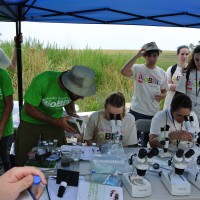
When you think about the most biodiverse places in the world, where do you think about? Maybe the Amazon rainforest or Madagascar? Many are surprised to find out that New York City lies within one of the world’s 36 biodiversity hotspots (the North American Coastal Plain), as defined by the Critical Ecosystem Partnership Fund, a global program focused on providing funding for projects aimed at protecting these areas of extreme biodiversity.
...MOREFreshkills Champions Bicycling
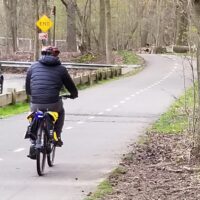
While NYC is on PAUSE, New Yorkers are turning to biking as a safe mode of transportation and exercise. Biking provides an opportunity to immerse oneself in nature while adhering to social distancing guidelines.
As Freshkills Park opens its 2200 acres in phases, bike-friendly infrastructure and programming are central.
...MOREOsprey Monitoring at Freshkills Park
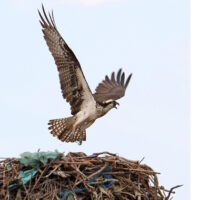
Each Spring many migrant birds can be seen at Freshkills Park, either returning to spend the warmer months with us, or traveling through to locations further north. One of these returning species is the Osprey (Pandion halibuts). Although a common species today that is growing in numbers, Ospreys faced dramatic population declines in the 1950s and 60s due to the usage of the pesticide DDT.
...MORE“The Dirt” on Soil at North Park Phase 1

The construction at North Park Phase 1 requires the import of about 150,000 cubic yards of soil. About half of that material, referred to as “general fill”, will be used to cover the existing soil and create new topography for the park paths, picnic areas, seed farm and planted areas.
...MORETake Flight with Grassland Pollinators
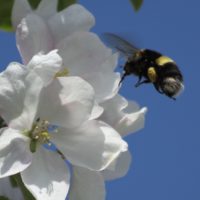
How many pollinators can you name? Honeybees are the world’s most famous pollinators, but they’re not the only ones. Pollinators include insects, birds, bats, and even some reptiles. Some pollinators are generalists, meaning they will pollinate all plants, while others only pollinate specific species.
...MOREFreshkills Grasslands: Good for the Birds, Good for the Climate
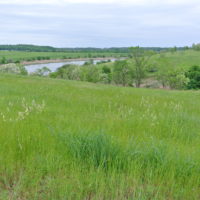
As we celebrate the 20th anniversary of Earth Day, we are thinking about climate change and what we can do to alter its course and mitigate its impacts. One surprising result of the current Covid-19 pandemic is that we are seeing some of the changes that can happen relatively quickly from a drastic reduction in our carbon emissions.
...MORETrash Reimagined: 5 Down-to-Earth Upcycling Artists

Single-use plastic was introduced soon after the Fresh Kills landfill opened in the 1940s. Instead of reducing or reusing, Americans began to love the ease of just throwing things away. No need to wash the dishes- just toss them! The increase in disposable items and the accompanying rise of “throwaway culture” was one factor that led to the Fresh Kills Landfill’s growth.
...MOREWhat is in NYC’s Trash?

Picture this: You’re finishing up a carton of milk. You pour out the last drop and rinse it out. Then, you walk over to your home recycling station to decide where the carton should go. Trash? Paper and cardboard? Glass, metal, and plastic?
...MORE



